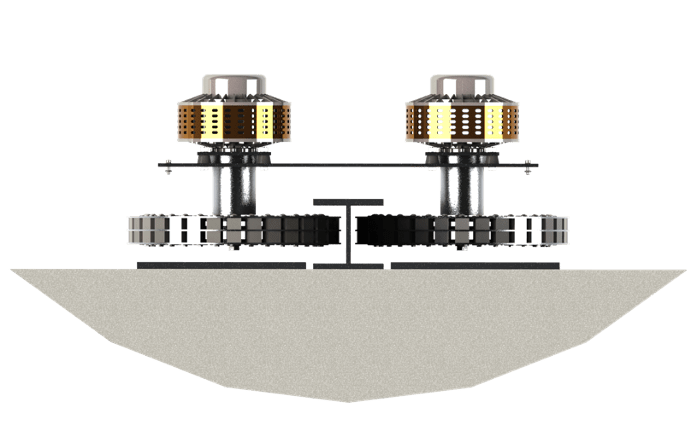Formation Of Badgerloop
In August 2013, Elon Musk published a white paper on the concept of
hyperloop technology. The document was met with mixed reviews,
but Musk expressed interest in sponsoring a competition to further
develop the technology. On June 15th, 2015, Musk’s company SpaceX
announced plans to hold the first SpaceX Hyperloop Pod Competition
at the company headquarters in Hawthorne, CA. The Competition was
structured around two elements: design submissions from universities
across the world, and a mile-long vacuum run in Hawthorne to test
the designs.
Pod 1
Badgerloop was founded in Fall 2015 with the goal of competing in
Competition I. We were one of over 700 teams to submit initial
designs and one of approximately 120 to be invited to the first
phase of the Competition, known as “Design Weekend.” In January
2016, our design placed third in the world at this event, and we
were invited to the second phase of the Competition. This was called
“Competition Weekend”and took place in January2017. We received an
Innovation Award from SpaceX for our unique design that emphasized
the scalability of hyperloop technology. Competition I was a huge
success for our organization: it showed that we could compete with
some of the best technical universities in the world. It was also a
success for SpaceX, because theCompetition generated a tremendous
amount of interest in hyperloop technology. Based on these factors,
Elon Musk announced plans for a second Competition in Summer 2017.
Stats:
Length:
Max Speed:
Weight:
Energy Use Per Run:
feet
mph
lbs
WH
Length:
Max Speed:
feet
mph
Weight:
Energy Use Per Run:
lbs
WH







































